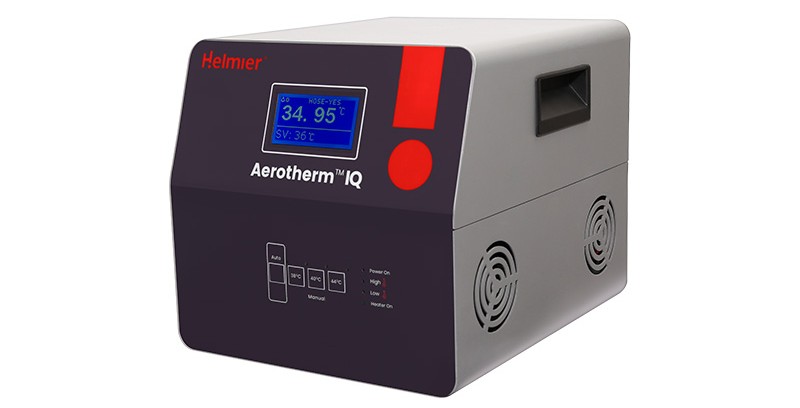Hypothermia is a serious condition that occurs when the body loses heat faster than it can produce it, causing a dangerously low body temperature. When left untreated, hypothermia can lead to severe health complications and even death.
Because hypothermia develops quickly in cold environments, especially with prolonged exposure or wet conditions, knowing how to respond promptly can make all the difference. This article explores crucial steps for emergency response in hypothermia cases, from initial assessment to essential dos and don’ts.
Initial Assessment
When encountering a person suspected of hypothermia, the first step in Hypothermia Management is a thorough initial assessment to determine the severity. Start by checking their body temperature to see if a thermometer is available. Hypothermia is generally defined as a body temperature below 95°F (35°C), with milder cases around 90-95°F and severe cases below 82°F. If a thermometer is not accessible, note other signs of hypothermia, such as shivering, confusion, drowsiness, and slurred speech.
Next, assess their level of consciousness and vital signs, including breathing rate and pulse. Slower breathing or heartbeat can indicate advanced hypothermia, so pay close attention to these indicators. It’s important to stay calm and proceed systematically, as your ability to accurately assess the situation will inform the best course of action.
Basic Treatment
Once you have a clear assessment, immediate basic treatment is essential. The primary objective is to gradually warm the person and prevent further heat loss. Start by removing any wet clothing since wetness accelerates heat loss significantly. Replace wet clothing with dry, insulated layers if available. Gently wrap the person in warm blankets or sleeping bags, covering their head to retain body heat.
Position them in a warm, sheltered area away from the cold, wind, or moisture. Avoid sudden exposure to high heat as it can lead to dangerous drops in blood pressure. Instead, focus on gradually warming the core by using body heat, warm (not hot) water bottles, or other low-level heat sources placed near the torso and neck.
If the person is conscious, offer warm, non-alcoholic, non-caffeinated beverages to aid internal warming. Warm soup, tea, or water works well, helping to increase core temperature without shocking the system.
Handling Severe Hypothermia
For severe hypothermia cases, handling the individual with extra caution is critical. Severe hypothermia can lead to complications such as irregular heartbeat, making sudden movements risky. When moving a person with severe hypothermia, do so gently and avoid jolting or quick changes in position, as their body may not respond well to sudden physical stress.
While mild hypothermia can often be managed on-site, severe hypothermia requires professional medical help. Contact emergency services as soon as possible and continue to monitor the individual’s breathing, pulse, and body temperature while waiting for assistance. If they lose consciousness or stop breathing, be prepared to perform CPR until medical personnel arrive, as resuscitation efforts can often revive someone even if their pulse is faint or has temporarily stopped due to extreme cold.
Do’s and Don’ts
Managing hypothermia effectively means knowing what to avoid and what to do. Here are some common do’s and don’ts:
- Do not rub or massage the person’s skin, especially if they have frostbite. Rubbing cold skin can cause further tissue damage.
- Rapid warming can send cold blood from the extremities back to the heart, potentially leading to a dangerous drop in core temperature.
- Prioritise core warming before the extremities, as restoring core temperature is essential for survival.
- Stay calm and encourage the individual, as panic can worsen the situation and discourage a hypothermic person from cooperating.
Final Thoughts
Responding quickly and appropriately to hypothermia can be lifesaving. Hypothermia management requires understanding the symptoms, performing a clear assessment, and knowing how to apply gradual warming techniques while avoiding common mistakes. It’s crucial to seek professional help immediately for severe cases and handle the person with great care. In emergencies, following these steps can help reduce the risk of serious complications and provide essential care until medical support is available. Remember, hypothermia is preventable with preparedness and caution—knowing what to do when it occurs is essential for any outdoor enthusiast, caregiver, or first responder.

